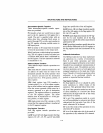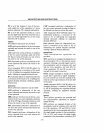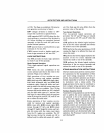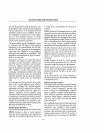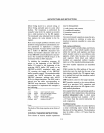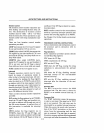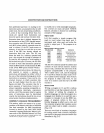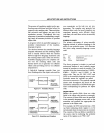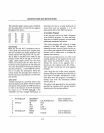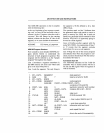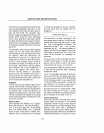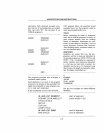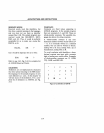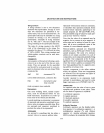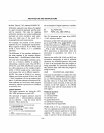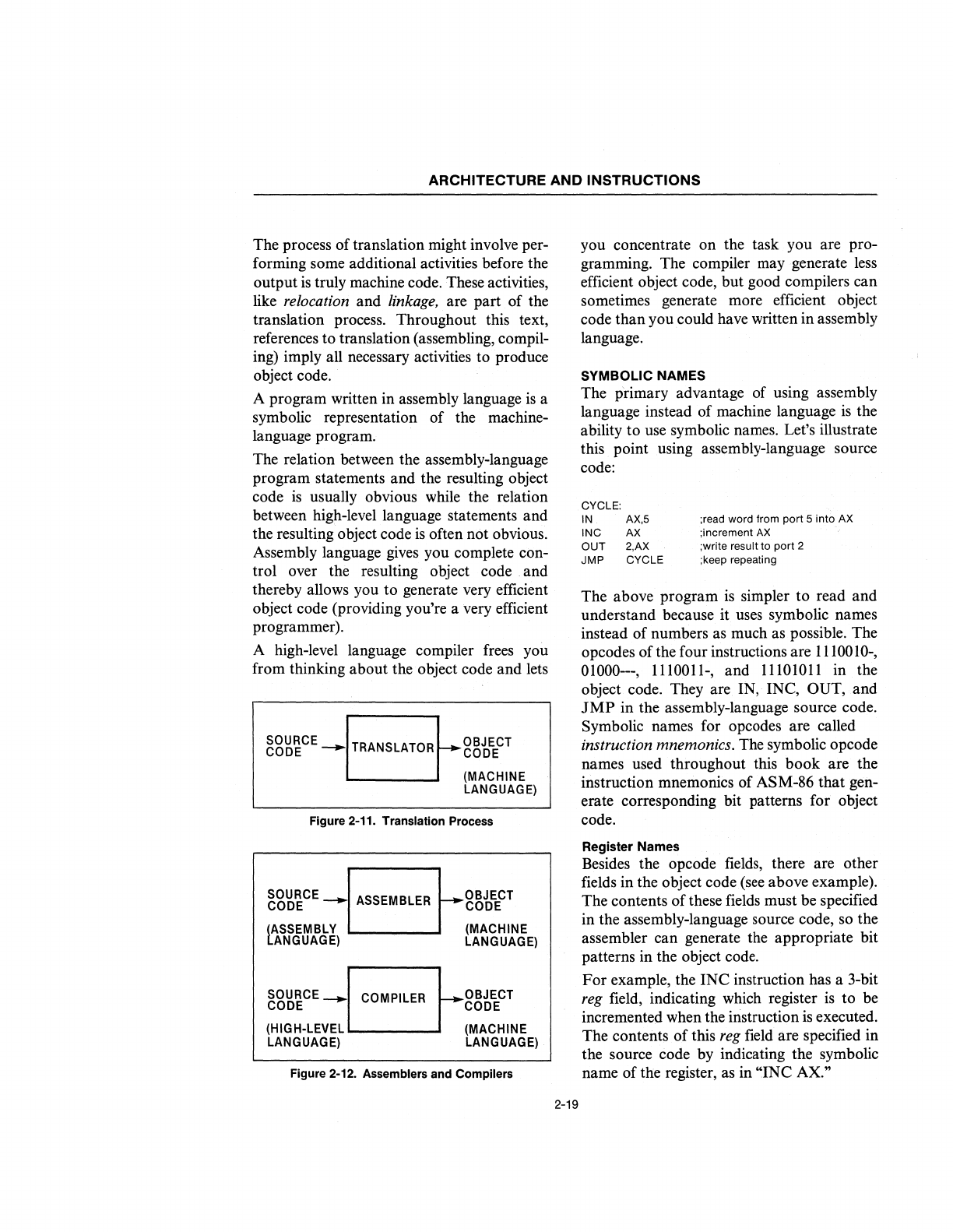
ARCHITECTURE AND INSTRUCTIONS
The process of translation might involve per-
forming some additional activities before the
output
is
truly machine code. These activities,
like
relocation and linkage, are part of the
translation process. Throughout this text,
references to translation (assembling, compil-
ing) imply all necessary activities to produce
object code.
A program written in assembly language
is
a
symbolic representation of the machine-
language program.
The relation between the assembly-language
program statements and the resulting object
code
is
usually obvious while the relation
between high-level language statements and
the resulting object code
is
often not obvious.
Assembly language gives you complete con-
trol over the resulting object code and
thereby allows you to generate very efficient
object code (providing you're a very efficient
programmer).
A high-level language compiler frees you
from thinking about the object code and lets
~g~~CE
_
TRANSLATOR~g~bEECT
(MACHINE
LANGUAGE)
Figure 2-11. Translation Process
SOURCE_
CODE
ASSEMBLER
f---0BJECT
CODE
lASSEMBLY
ANGUAGE)
(MACHINE
LANGUAGE)
SOURCEBOBJEC,
CODE CODE
(HIGH-LEVEL (MACHINE
LANGUAGE) LANGUAGE)
Figure 2-12. Assemblers and Compilers
2-19
you concentrate on the task you are pro-
gramming. The compiler may generate less
efficient object code, but good compilers can
sometimes generate more efficient object
code than you could have written in assembly
language.
SYMBOLIC NAMES
The primary advantage of using assembly
language instead of machine language
is
the
ability to use symbolic names. Let's illustrate
this point using assembly-language source
code:
CYCLE:
IN AX,5
INC AX
OUT
2,AX
JMP CYCLE
;read word from
port
5
into
AX
;increment
AX
;write result
to
port 2
;keep repeating
The above program
is
simpler to read and
understand because it uses symbolic names
instead of numbers as much as possible. The
opcodes
ofthe
four instructions are 1110010-,
01000---, 1110011-, and
11101011
in the
object code. They are IN, INC,
OUT, and
JMP
in the assembly-language source code.
Symbolic names for opcodes are called
instruction mnemonics. The symbolic opcode
names used throughout this
book
are the
instruction mnemonics of ASM-86 that gen-
erate corresponding bit patterns for object
code.
Register Names
Besides the opcode fields, there are other
fields in the object code
(see
above example).
The contents of these fields must be specified
in the assembly-language source code, so the
assembler can generate the appropriate bit
patterns in the object code.
For
example, the INC instruction has a 3-bit
reg field, indicating which register
is
to be
incremented when the instruction
is
executed.
The contents
of
this reg field are specified in
the source code by indicating the symbolic
name of the register,
as
in "INC AX."



